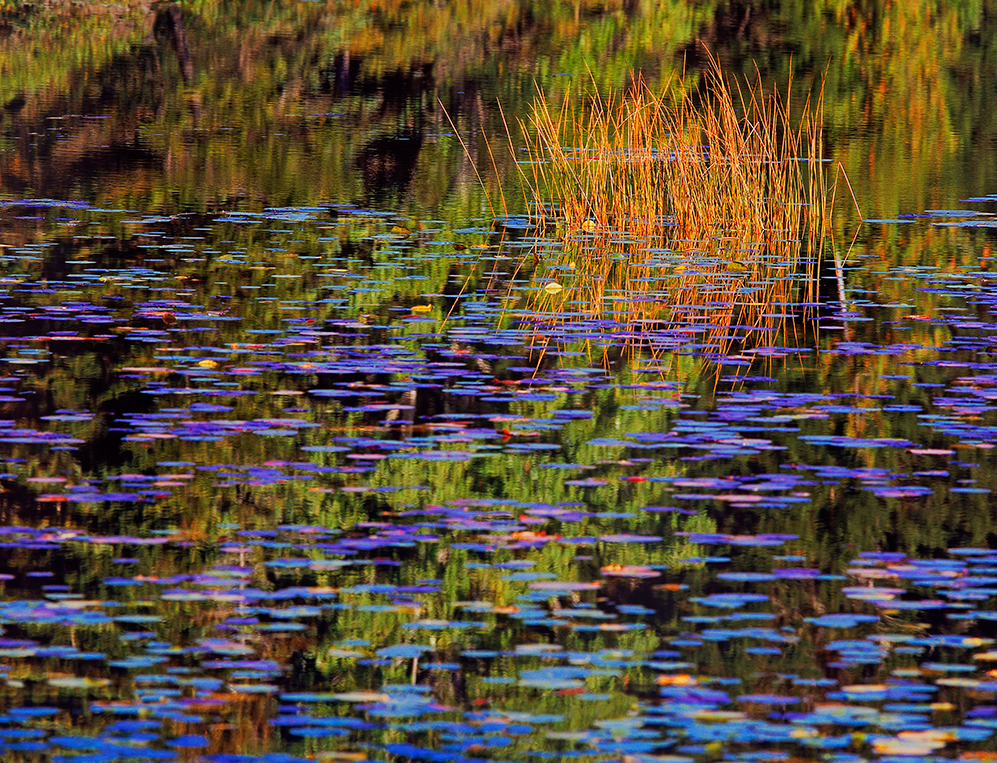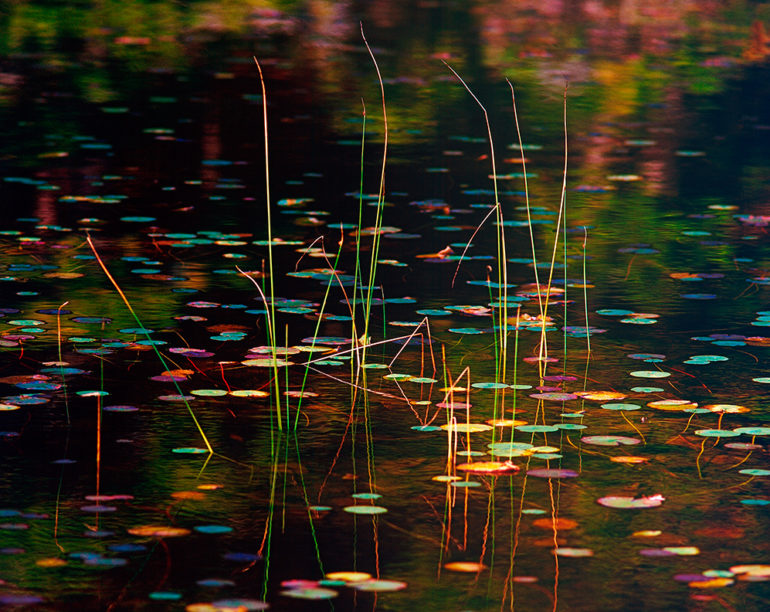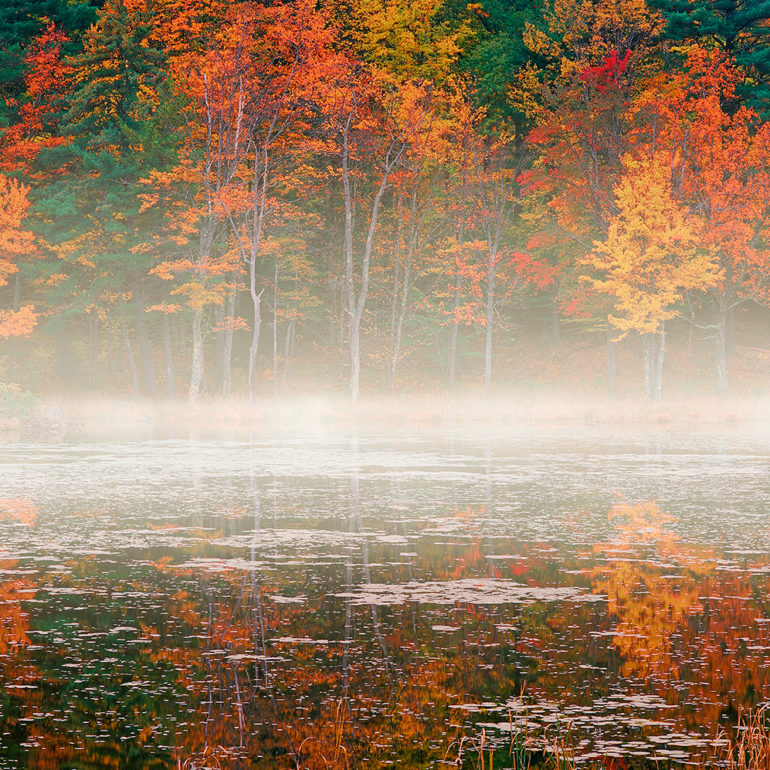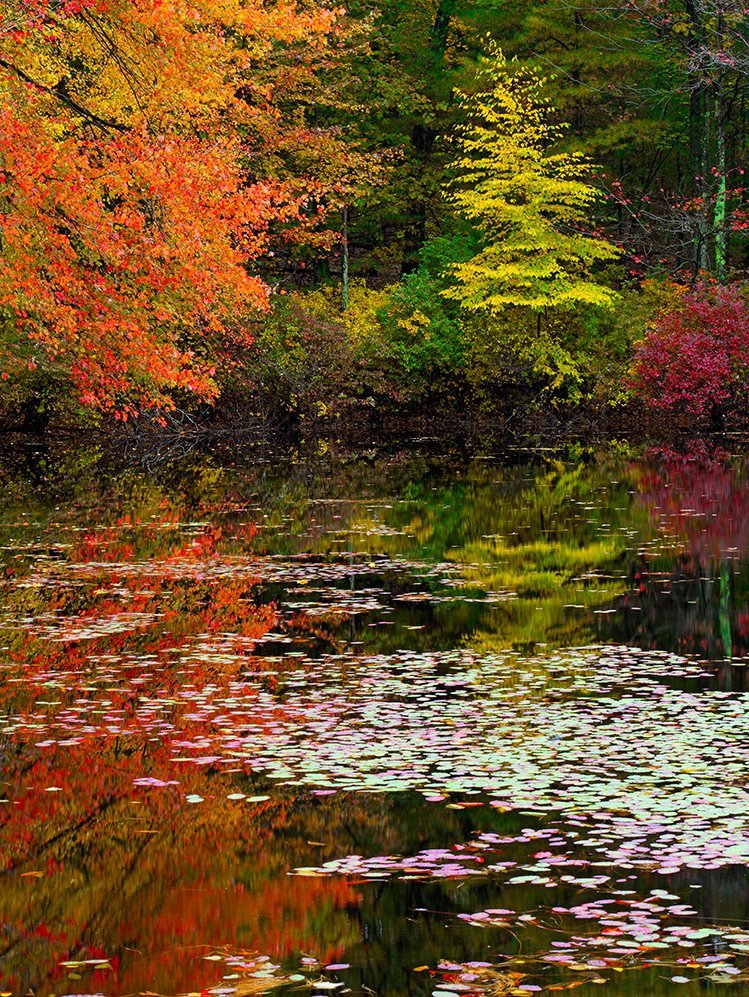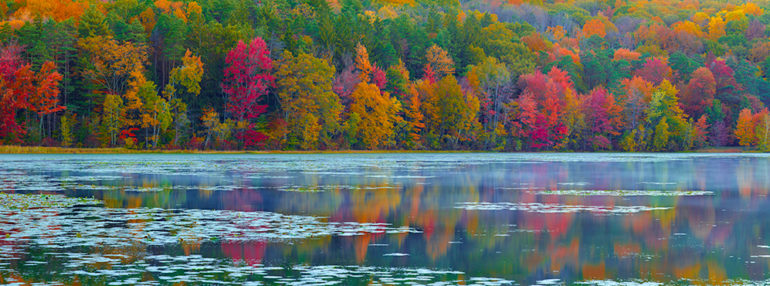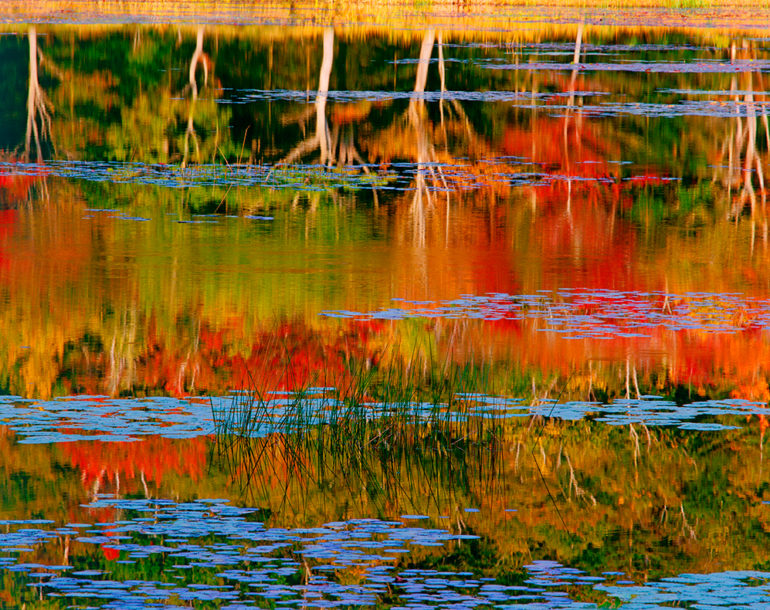All images by Timothy Wolcott. Used with permission.
Landscape photographer Timothy Wolcott is a 7th generation photographer. “My grandfather told me how my forefather Alexander Wolcott invented the camera and created the first photo exhibit. I always love history,” Tim tells us in our interview. Indeed, the art has stuck within his family and Tim’s work shines.
Born in Dubuque, Iowa in 1965, Tim was exposed to the photographic process at an early age, including time spent in his father’s darkroom at his childhood home. At six, Tim started making his own images and, in high school, honed his photographic interests to include fine art images. Using a 4×5 Zone VI Camera, Tim exposed the wind-swept countryside circling his home, winning two Kodak Photography contests.
So when you consider his artistic process and the way his mind works, you’ll be pleasantly surprised.
Phoblographer: Talk to us about how you got into photography.
Timothy: I got into photography at the age of six. I remember seeing my first BW photo come up in the developer. It was magic and I was hooked. By the time I got into high school I knew more than the teacher and he just left me alone. I won the Kodak national high school gold key and blue ribbon award. My grandfather told me how my forefather Alexander Wolcott invented the camera and created the first photo exhibit. I always love history. I’m a 7th generation photographer, so it was fitting that my first camera was a 4×5 camera with a bayonet back. It teaches discipline, patience and to create and see the light better.
Phoblographer: What made you want to get into landscape photography?
Timothy: My grandfather always had National Geographic in his house and when there I couldn’t wait to see the next month’s subscription. It taught me that photographs can change the world. I always thought this would be a great way to help save places. So far I helped raise over $100 million from use of my images. Some of these funds became parks, ecosystems, and animals for future generations to enjoy.
Phoblographer: Your project “Ode to Monet” is all about painterly, abstract landscapes. Would you say Monet and other great painters are a big influence on who you are as an artist? How have they influenced you besides this obvious series?
Timothy: I believe it was my first museum exhibit I went to that I can remember seeing some Monet’s and Cezanne landscapes. I’m always looking for the flow in the landscape trying to compose the image like a piece of music and how painters create compositions. Far to many images are taken not created.
Phoblographer: Do you feel like some of the landscapes Dali used perhaps influenced you in some small part? Perhaps in your Dunes project?
Timothy: Yes, I believe every piece of art or photograph has in some way influenced me and still does influence my unique style of shooting. I like to shoot thru the trees. It creates a complex but extremely intimate way of seeing the landscape in a three dimensional way. I never create my image by looking through the camera only by looking through a framing card that Ansel Adams used and taught me when I was a young kid. My sand dunes portfolio is called Symplicity. I have been creating this series for more than 30 years and still shooting them. Passion can’t be reined in. One day I hope to have a show of sand dunes with a sand dune created in the middle of the exhibit.
Phoblographer: Despite your images being very colorful, they tend to keep the different colors in the scene to a minimum. When you were creating this project, was that an intentional decision on your part or do you just feel like that helps to make for stronger images?
Timothy: I’m always looking first for the composition and then how the colors in the Monet portfolio play off each other and have a unique flow of color. I’m always looking to find the elegance in nature and try to eliminate the chaos. Nature is filled with chaos and trying to find elegance is very difficult, it takes a great deal of vision and understanding to find just the right place to shoot.
Phoblographer: Lots of photographers talk about Ansel Adams. But when it comes to artists (and that includes more than just photographers), who do you think are some of the best working with landscapes?
Timothy: Although I’m younger than most, I got to know most of the greats before they passed on. Adams, Weston, Baer, Callahan, Link and many others. I used to either drive over and see them or call them and talk for hours. I never had that luxury with the painters. I had to see their work or study them in books. I love seeing original pieces of art so I could study the little subtleties and nuances that make the images come alive. This is why I spent so much time inventing the pigment printing processes and other processes. The print is what all art should be based on. I spend a great deal of time to make sure each print will inspire the next photographer, I want my images to be hung proudly on the walls of galleries, museums, businesses and even homes.
Phoblographer: Talk to us about the gear you use.
Timothy: In the past I used 4×5, 8×10 and 6×7 gear. Today I use a Phase One 100 megapixel camera, ten lenses and a specially made tripod I invented with a ladder so I can shoot at just the right angle.
Phoblographer: How do you feel it helps you with your creative vision?
It used to be harder, but also my vision has improved greatly. I find I can shoot nearly anything I can see, with the choice of lenses, dynamic range and my ladder and of course my framing cards. Still the best way to see images is with these cards, they help compose the chaos out of your image.
Phoblographer: What’s your photographic process like? By that I mean the actual act of shooting.
Timothy: I walk around a lot with my framing cards first to find exact composition, then I predict when the light will be right and come back and wait for it to be perfect. It’s always exciting when a plan comes together. There is nothing more enjoyable than when you get the image because nature can always throw you a curveball. When I shoot my image, I see it the way I want to see it on the exhibition wall.
Phoblographer: Have you seen any tendencies that you feel really make you who you are as an artist?
Timothy: Spend the time to see, patience patience and more patience is needed, to ignore pain. The shot is all that counts. Recently I broke my foot shooting the spring california flowers, I ignored the pain thinking it was just bruised feet, so I did 5 more photoshoots after that to find out that I broke my foot. Nothing was going to keep me from creating my photographs
Phoblographer: What are some of the biggest evolutions you feel you’ve made as an artist and landscape photographer in the past three years?
Timothy: Well getting a dynamic range of 15 stops, more creativity without barriers always helps. I designed my new printing process that allows me to make a 14 layer pigment print without the use of glass or plexi. I hate anything over my art. If you don’t make your own print then you can’t shoot to the level of what you can print. It’s part of the art. Art needs to crafted and printed with beautiful tones, nuances and control over where you want your white and black point in your final print.


